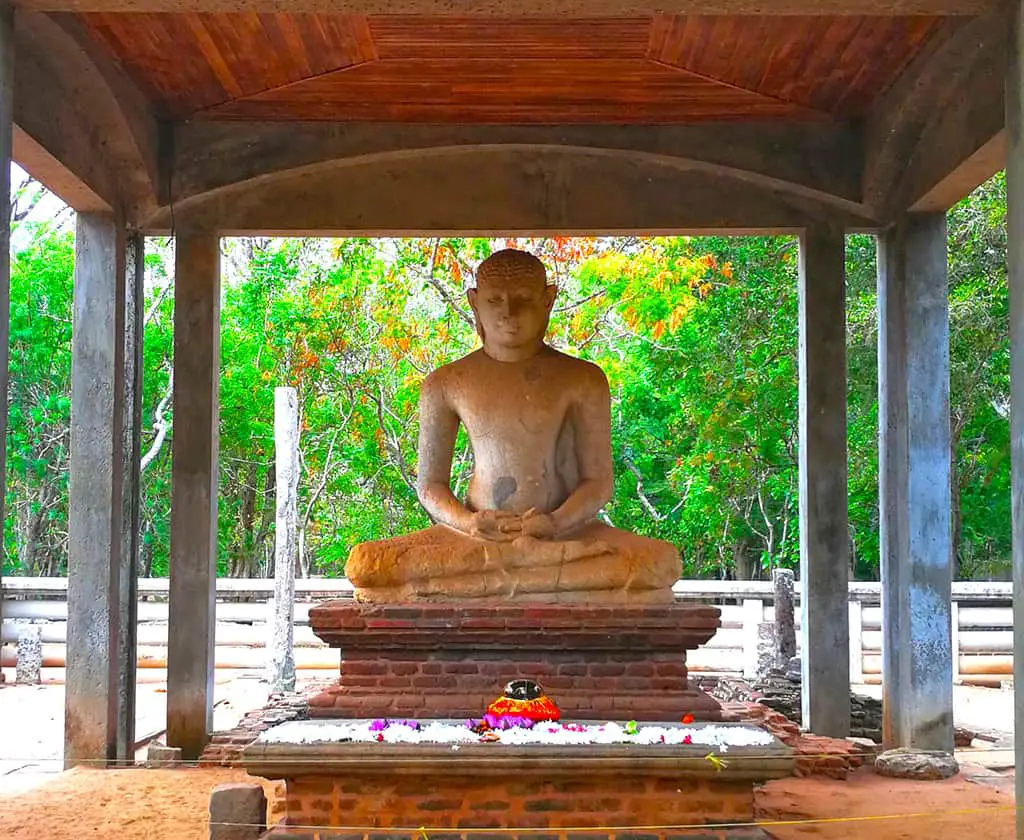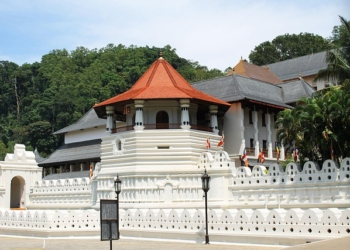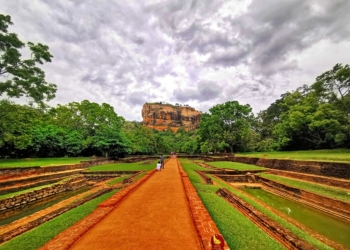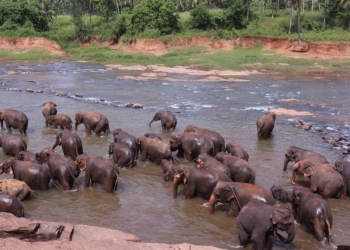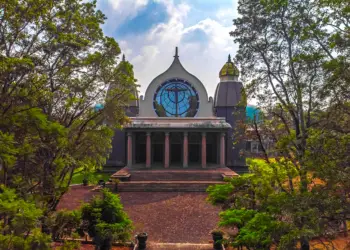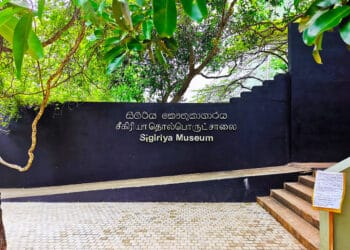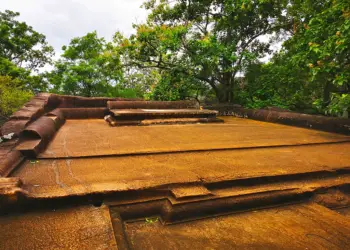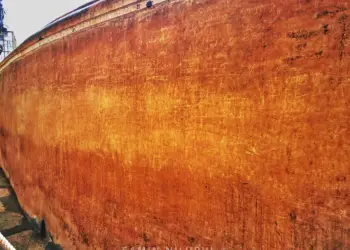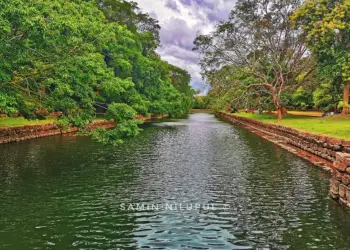There are various theories as to the origin and evolution of the Buddha statue. Scholars Gangula and Coomaraswamy have pointed out the reasons for the reluctance to create the Buddha’s body. Also, the teachings of the Tripitaka do not encourage the creation of idols. However, with the encouragement of Indian, Greek, Roman, and Persian sculptures, fears about the creation of the Buddha’s body seem to have dissipated. Thus, sculpture, which became popular during the reign of King Kushana, flourished during the Gupta period and was maximized by the Mathura, Gandhara and Amaravathi traditions. The art of carving stunning Buddha statues, which are believed to have originated in India, gradually began to spread to Sri Lanka. According to some, even though the art of Buddha statues is said to be a purely Sri Lankan creation, no definite conclusions can be drawn about it. The reality is that Sri Lankan sculptures are based on the principles of Indian artists, inspired by them, using their creative talents to create unique Sri Lankan sculptures. Based on these facts, looking at the history of making Buddha statues in Sri Lanka, the Samadhi statue found in the Mahamevna Uyana, which is believed to belong to the 6th century AD, can be considered as the finest creation in the above tradition. When evaluating a Buddha statue, a number of factors come to the attention of artists. Thirty-two of the great masculine traits are symbolized, the spiritual qualities embodied, the ability to generate devotion as well as intelligence in the spectator, and the subtle use of seats and seals to subtly express the objectives.


This Samadhi Buddha statue, which was made to reflect the Samadhi form of the Buddha, is endowed with all the features that are required for that purpose. Sitting in a heroic (Veerasana) style, with the right hand resting on the left arm open to the surface, the spine straight, and the eyes resting on the tip of the nose in a balanced posture, this statue is still seen today as a fascinating statue. It also seems that the artist’s aim was to embody spiritual qualities rather than to create a full-fledged human body. Another outstanding feature is the display of great qualities such as nihilism, vigour, great kindness and great wisdom in the body parts such as eyes, lips, cheeks, forehead and head. In addition, the height-appropriate width and the corresponding head volume have preserved the balance of the statue.
The artist uses the robe as a symbol of minimalism, and with a slight light wave that penetrates the robe, the belt and anklet are also depicted. Appreciating this statue, Mr Ananda Coomaraswamy says that the carving of the Anuradhapura Samadhi statue with this seal reflects the extraordinary talent of the Sri Lankan artist. In addition, it appears that the “Ushnishaya” of this statue was set during the Anuradhapura period as mentioned in the Pali stories.” Ushnishaya” is a slight tingling on the broad forehead and rounded head. The feature called Suppathiwardena Pathu is evident here and it can be considered as a developmental stage of the design which makes the heel slightly higher and the bottom slightly lower valley in Indian mystical creations. Finally, there are statements made by Mrs S.K.Saraswathi, a well-known archaeologist, about this statue. That is to say, “She sees this as the most beautiful statue of a new form, embodied in aesthetics, seated in the Samadhi seal.”Jawaharlal Nehru also highly praised the Samadhi statue.
